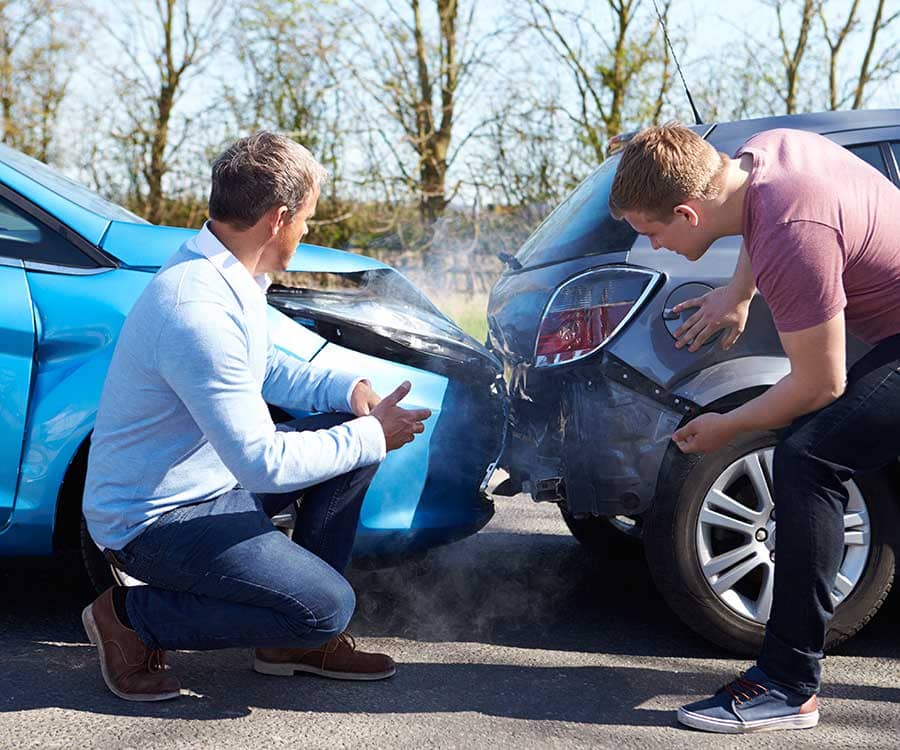Meet Our Featured Lawyers
We hand select each lawyer and do the research for you, so you can connect with them
in an easy way. Reach out to an lawyer in your area with confidence.
Ready to take charge? We handle a wide range of personal injury cases. If you’re unsure whether your case qualifies, contact us for a free consultation today. We have NO FEES ‘LESS WE WIN, sewing Texas and Illinois.
(855) 692-3947
Meet Our Featured Lawyers
Ready to take charge? We handle a wide range of personal injury cases. If you’re unsure whether your case qualifies, contact us for a free consultation today. We have NO FEES ‘LESS WE WIN, sewing Texas and Illinois.
(855) 692-3947
Meet Our Featured Lawyers
Ready to take charge? We handle a wide range of personal injury cases. If you’re unsure whether your case qualifies, contact us for a free consultation today. We have NO FEES ‘LESS WE WIN, sewing Texas and Illinois.
(855) 692-3947
Meet Our Featured Lawyers
Ready to take charge? We handle a wide range of personal injury cases. If you’re unsure whether your case qualifies, contact us for a free consultation today. We have NO FEES ‘LESS WE WIN, sewing Texas and Illinois.
(855) 692-3947
Meet Our Featured Lawyers

How Can I Be Compensated
You might be entitled to compensation, but you need an attorney to fight for you. In order to reduce the amount of money paid out in claims each year, insurers employ their own experts in order to question the extent of a claimant’s injuries and the causes of an accident That’s why
establishing a balance of power in the courtroom is essential to your claim.
- Physical Claims: Bodily injury, Pain and Suffering
- Mental Claims, Emotional Claims, and Mental Anguish
- Medical Expenses Including Future Medical Expenses
- Physical Claims: Bodily injury, Pain and Suffering
- Lost Wages and Lost Earning Capacity
- Property Damage and MORE!
Explore Legal Topics and Articles
Research your Legal issue using our vast array of articles and FAQs. We make it simple to find
the help and information that’s right for you.

Pain and Suffering Damages After a Car Accident

Who Is Liable for a Dog Bite Injury?

Why Join a Mass Tort Instead of Filing Alone?

Punitive Damages in Personal Injury Cases

Understanding Negligence in Personal Injury Law

